Breaking News: Just released – the complete list of Canadian Holstein operations that have achieved the extraordinary milestone of breeding 100+ Excellent-classified cows. These genetic powerhouses represent the backbone of Canada’s world-leading dairy genetics industry.
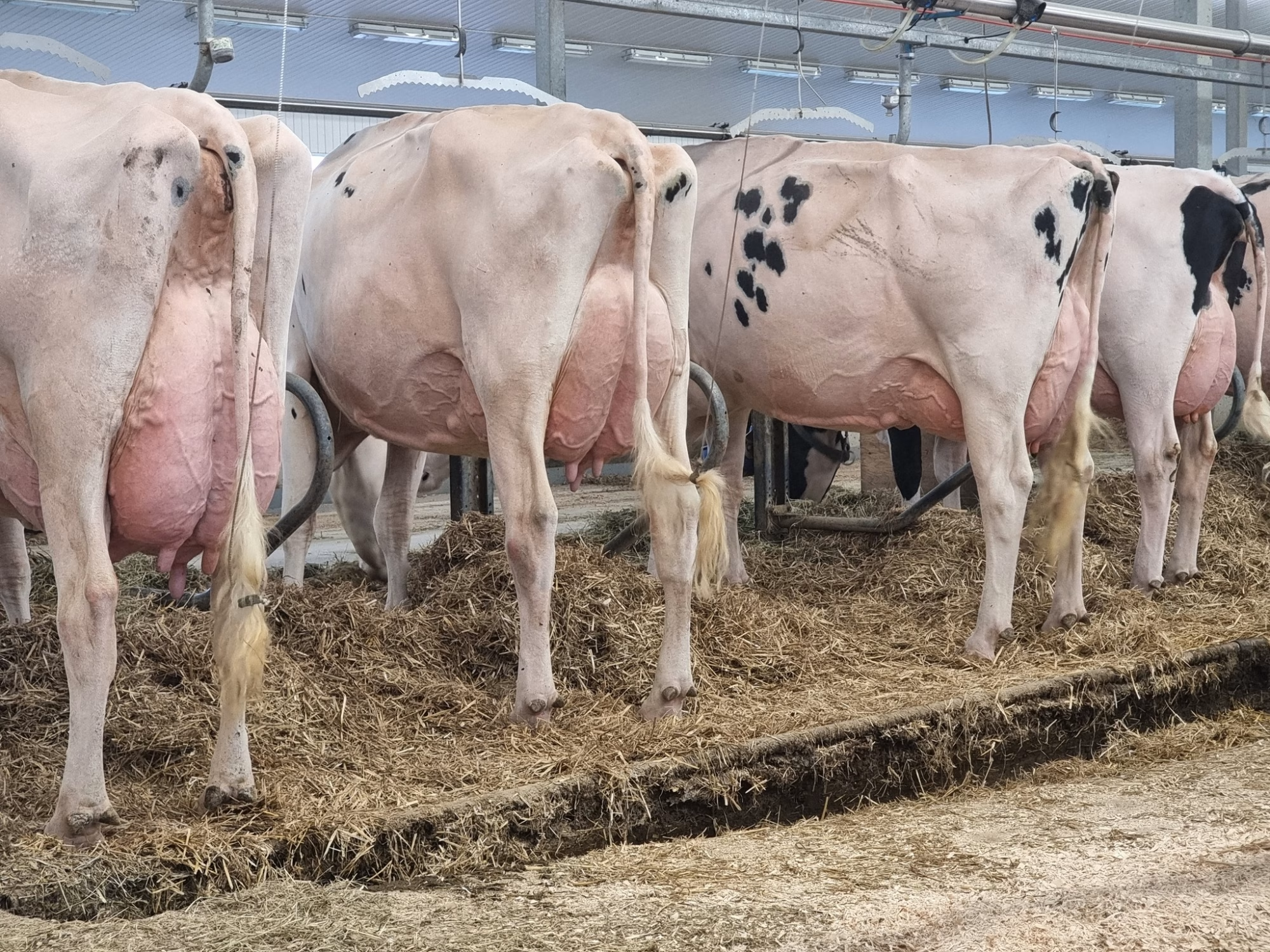
In an industry where genetic excellence is measured by the animals you produce, 91 Canadian Holstein operations have achieved what most breeders only dream about – breeding 100 or more cows classified as “Excellent” under their prefix. This isn’t just some arbitrary statistic; it’s the ultimate validation of multi-generational breeding philosophy translated into working anatomy that reshapes global dairy genetics. When Holstein Canada slaps that coveted “Excellent” score on a cow, we’re talking about the elite top 5% scoring 90+ points – animals built to look good and produce efficiently and last for years in commercial environments.
TOP 10 BREEDING DYNASTIES: NUMBERS THAT WILL SHOCK YOU
Let’s cut straight to the jaw-dropping facts: Bosdale Farms Inc. from Cambridge, Ontario, hasn’t just reached the 100-Excellent threshold – they’ve obliterated it with a staggering 409 Excellent cows bred under their prefix. Stop and process that for a second. Four hundred nine animals reached the pinnacle of conformation excellence under the same farm prefix. This isn’t luck or chance – it’s calculated breeding brilliance executed over decades.
| Rank | Breeder Name | Location | Prefix | Excellent Holsteins |
| 1 | BOSDALE FARMS INC | Cambridge, ON | BOSDALE | 409 |
| 2 | KINGSWAY FARMS INC | Hastings, ON | KINGSWAY | 314 |
| 3 | FERME JACOBS INC | Cap Santé, QC | JACOBS | 309 |
| 4 | QUALITY FARMS INC | Vaughan, ON | QUALITY | 294 |
| 5 | BERGEROY HOLSTEIN INC | Saint-Samuel, QC | BERGEROY | 263 |
| 6 | FERME BLONDIN | Saint-Placide, QC | BLONDIN | 262 |
| 7 | STANTON BROS LIMITED | Ilderton, ON | STANTONS | 231 |
| 8 | CHARLES BOULET | Montmagny, QC | PIERSTEIN | 227 |
| 9 | FRADON HOLSTEINS LTD | Woodstock, ON | FRADON | 216 |
| 10 | MACBEATH FARMS LTD | Marshfield, PE | GOLDENFLO | 214 |
Hot on Bosdale’s heels, Kingsway Farms Inc. (Hastings, Ontario) has produced 314 Excellent animals, while Quebec’s powerhouse Ferme Jacobs Inc. (Cap Santé) follows closely with 309. These three operations alone – just 3% of the elite group – have bred over 1,000 Excellent Holsteins. That’s not just impressive; industry-defining genetic influence radiates globally.
Seven Canadian breeding operations have smashed past the 200-Excellent mark, with Quality Farms Inc. (294), Bergeroy Holstein Inc. (263), Ferme Blondin (262), and Stanton Bros Limited (231) joining the three leaders. These aren’t just successful businesses but dynasties of dairy excellence spanning generations and reshaping Holstein genetics worldwide.
FROM COAST TO COAST: EXCELLENCE KNOWS NO BOUNDARIES
Think elite Holstein breeding is concentrated in central Canada? Think again. While Ontario leads with 45 operations (49.5% of the total) and Quebec contributes 23 farms (25.3%), excellence in Holstein genetics spans literally from ocean to ocean across Canada. This nationwide distribution demolishes the myth that top-tier Holstein breeding requires specific geography.
| Province | Number of Elite Breeders | % of National Total | Top Performer | Excellents |
| Ontario | 45 | 49.5% | BOSDALE FARMS INC | 409 |
| Quebec | 23 | 25.3% | FERME JACOBS INC | 309 |
| British Columbia | 4 | 4.4% | J. WILLIAM WIKKERINK FARMS LTD | 213 |
| Prince Edward Island | 4 | 4.4% | MACBEATH FARMS LTD | 214 |
| Saskatchewan | 4 | 4.4% | MIL-EN-ROY FARMS (1981) LTD | 121 |
| Alberta | 3 | 3.3% | WENDON HOLSTEINS | 188 |
| Manitoba | 3 | 3.3% | FRED FORNWALD & SONS FARMS | 120 |
| Nova Scotia | 3 | 3.3% | COBEQUID HOLSTEINS | 164 |
| New Brunswick | 2 | 2.2% | COMBINATION HOLSTEINS LTD | 178 |
From Hamming Holsteins in Vernon, BC (181 Excellents) to Cobequid Holsteins in Lower Debert, NS (164 Excellents), from Wendon Holsteins in Red Deer County, AB (188 Excellents) to MacBeath Farms in Marshfield, PE (214 Excellents) – elite Holstein genetics aren’t confined to a single region. These breeders have adapted to diverse climates and management conditions while maintaining the same rigorous standards of excellence.
What’s truly remarkable is seeing operations like J. William Wikkerink Farms Ltd. (Cobble Hill, BC) with 213 Excellent cows, proving that being thousands of kilometers from the traditional Holstein heartland doesn’t limit genetic potential when breeding philosophy and execution are rock-solid.
NOT JUST A PRETTY COW: WHAT ‘EXCELLENT’ REALLY MEANS
Let’s bust a persistent myth: Holstein classification isn’t a beauty pageant. When discussing breeding Excellent cows, we’re not debating pretty animals that look good in pictures. The Holstein classification system evaluates dozens of traits related to mammary systems, feet and legs, dairy strength, and overall frame – traits scientifically linked to functional longevity and production efficiency.
The farms on this elite list haven’t just bred show cows – they’ve bred functional athletes engineered to last longer and produce more efficiently in commercial environments. Their achievement represents the ultimate balancing act between form and function, combining the art and science of breeding to create visual appeal and working productivity.
Breeding 100+ Excellent animals doesn’t happen overnight or even within a decade. This achievement represents generations of focused selection, thousands of breeding decisions, and the discipline to maintain a consistent vision despite changing trends and market conditions. For many operations, like Browndale Farm in Paris, Ontario (142 Excellents) or Comestar Holstein in Victoriaville, Quebec (166 Excellents), this achievement spans three or more human generations of the same family.
GLOBAL IMPACT: WHY THESE GENETICS DOMINATE WORLDWIDE
The global significance of these Canadian breeding operations extends far beyond impressive statistics. These 91 farms have collectively bred over 12,000 Excellent cows, creating genetic lines that dominate Holstein populations on every continent. When international breeders seek genetics to improve conformation while maintaining productivity, they look to these Canadian prefixes for proven results.
Genetic material from prefixes like Jacobs, Bosdale, and Blondin flows through Holstein populations worldwide, with sons entering AI programs and daughters establishing new benchmarks in diverse environments. This isn’t just about bragging rights – it’s about genetic material that improves dairy efficiency and sustainability globally.
For commercial producers, the lesson is clear: balanced breeding focusing on functional traits pays dividends through improved longevity and reduced maintenance costs. The elite Canadian operations haven’t sacrificed productivity for type or type for productivity – they’ve proven that excellence in both is not only possible but economically advantageous.
NEW BLOOD: RECENT ADDITIONS TO THE EXCELLENCE CLUB
While several operations on this list have been building their excellent cow portfolios for generations, others represent newer success stories. Farms like Westcoast Holsteins in Chilliwack, BC (161 Excellents) and Skycrest Holsteins in Athabasca, AB (129 Excellents) demonstrate that focused breeding programs can achieve remarkable results within a single generation of dedicated effort.
These newer entrants challenge the assumption that breeding excellent Holsteins requires centuries-old cow families or exclusive genetics. Their success proves that strategic selection, attention to functional details, and commitment to classification can accelerate genetic progress when applied consistently.
Particularly impressive are operations like Mil-En-Roy Farms in White City, SK (121 Excellents) and Alley Holsteins in Dalmeny, SK (119 Excellents), achieving this milestone in a province not traditionally associated with heavyweight Holstein breeding. Their success demonstrates how combining quality genetics, superior management, and consistent classification participation can overcome geographic barriers.
FAMILY LEGACIES: EXCELLENCE HANDED DOWN THROUGH GENERATIONS
Don’t miss what these achievements tell us about the power of family farms. Names like Kingsway, Jacobs, and Bosdale represent cow prefixes and family legacies where breeding philosophy, cow knowledge, and management expertise have been refined and transferred across generations.
Operations like Fradon Holsteins (216 Excellents), Willswikk (213 Excellents), and Highview Holsteins (201 Excellents) demonstrate the compounding effect of intergenerational learning. Each generation builds upon the foundation established by their predecessors, refining breeding approaches while maintaining the core principles that define their operation’s success.
This multi-generational approach provides these operations with a depth of understanding of cow families, breeding patterns, and management practices that can’t be acquired through formal education alone. The success of these family operations provides a powerful counterpoint to the narrative of industry consolidation, proving that family-operated farms can compete and excel through specialized knowledge and focused breeding programs.
FRESH FACES: THE NEWEST MEMBERS OF THE 100 CLUB
While the top performers grab headlines, let’s recognize the operations that have just entered this prestigious club. These five farms have each reached exactly 100 Excellent classifications, an achievement that represents decades of breeding work and thousands of strategic decisions.
| Breeder Name | Location | Prefix | Excellent Holsteins |
| EMBRDALE FARM | Asphodel-Norwood, ON | EMBRDALE | 100 |
| KNONAUDALE FARMS INC | Crysler, ON | KNONAUDALE | 100 |
| B. LEHOUX & FILS INC | Saint-Elzéar, QC | LEHOUX | 100 |
| QUINNDALE HOLSTEINS | Greely, ON | QUINNDALE | 100 |
| RAIVUE FARMS LTD | Sunderland, ON | RAIVUE | 100 |
These newest members represent the continuing vitality of Holstein breeding excellence in Canada. Their achievement demonstrates that conformation excellence remains a meaningful goal for modern dairy operations, even as the industry faces economic challenges and structural changes.
These operations’ journey to 100 Excellents has likely spanned multiple decades and countless breeding decisions. Their success motivates other breeders to approach this milestone and demonstrates the enduring value of classification in modern dairy breeding.
WHAT’S NEXT? THE FUTURE OF HOLSTEIN EXCELLENCE
As genomic technology reshapes breeding approaches, we must ask whether more operations will reach this 100-Excellent milestone faster, or will classification standards evolve to maintain exclusivity? Will the farms currently sitting at 90+ Excellents accelerate their progress through genomic selection, or will traditional selection methods continue to prove their enduring value?
The elite breeders on this list have already demonstrated remarkable adaptability, embracing new technologies while maintaining their fundamental commitment to balanced breeding. Their success provides inspiration and practical models for aspiring breeders worldwide seeking to improve their herds.
For the global dairy industry, these 91 Canadian operations represent genetic resources and breeding knowledge that will influence Holstein populations for generations. Whether through direct purchases of gene material, adoption of breeding strategies, or simply as benchmarks for measuring progress, these elite farms will continue to shape global dairy genetics.
BEYOND THE NUMBERS: A LEGACY THAT SHAPES GLOBAL DAIRY
The achievement of breeding 100+ Excellent Holsteins represents far more than statistical milestones – it embodies a philosophy of breeding excellence that has established Canada’s global leadership in dairy genetics. These 91 operations have demonstrated that consistent focus on breeding functionally correct, productive animals yields results that transcend borders and generations.
For dairy producers worldwide, these elite Canadian breeders provide genetic resources and breeding models that combine the best of traditional selection with modern technology. As the industry addresses evolving challenges of efficiency, sustainability, and changing consumer expectations, the balanced breeding approach exemplified by these operations becomes increasingly relevant.
The success of these 91 farms celebrates not just individual enterprise but a collaborative national commitment to Holstein’s improvement. From coast to coast, Canada’s elite Holstein breeders continue to demonstrate why Canadian genetics remain in high demand globally – they combine beauty with functionality, longevity with productivity, and tradition with innovation in ways that define excellence in modern dairy breeding.
| Breeder Name | Location | # Excellent Holsteins |
| BOSDALE FARMS INC | Cambridge, ON | 409 |
| KINGSWAY FARMS INC | Hastings, ON | 314 |
| FERME JACOBS INC | Cap Santé, QC | 309 |
| QUALITY FARMS INC | Vaughan, ON | 294 |
| BERGEROY HOLSTEIN INC | Saint-Samuel, QC | 263 |
| FERME BLONDIN | Saint-Placide, QC | 262 |
| STANTON BROS LIMITED | Ilderton, ON | 231 |
| CHARLES BOULET | Montmagny, QC | 227 |
| FRADON HOLSTEINS LTD | Woodstock, ON | 216 |
| MACBEATH FARMS LTD | Marshfield, PE | 214 |
| J. WILLIAM WIKKERINK FARMS LTD | Cobble Hill, BC | 213 |
| HIGHVIEW HOLSTEINS | Port Perry, ON | 201 |
| RONBETH HOLSTEINS | Hastings, ON | 199 |
| BENCO HOLSTEINS | Chilliwack, BC | 193 |
| WENDON HOLSTEINS | Red Deer County, AB | 188 |
| BUSHY VIEW | Lakeside, ON | 186 |
| WEDGWOOD HOLSTEINS | Cobble Hill, BC | 186 |
| FRIZZELLS VALLEYVILLE FARM INC | Hunter River, PE | 182 |
| HAMMING HOLSTEINS LTD | Vernon, BC | 181 |
| COMBINATION HOLSTEINS LTD | Keswick Ridge, NB | 178 |
| DESLACS HOLSTEIN | Victoriaville, QC | 176 |
| FERME ROLANDALE ENR | St. Flavien, QC | 173 |
| CROVALLEY HOLSTEINS | Hastings, ON | 171 |
| FERME LOLISEE | Chatham, QC | 167 |
| COMESTAR HOLSTEIN | Victoriaville, QC | 166 |
| HERBERT HENDERSON | Ashton, ON | 166 |
| BLOYCE THOMPSON | Frenchfort, PE | 165 |
| COBEQUID HOLSTEINS | Lower Debert, NS | 164 |
| FLORBIL FARMS LTD | Mildmay, ON | 162 |
| WESTCOAST HOLSTEINS | Chilliwack, BC | 161 |
| HOLTBYHOLME HOLSTEINS | Port Perry, ON | 160 |
| HARRY & JOANNE VAN DER LINDE | Brierly Brook, NS | 160 |
| FERME MYSTIQUE S.E.N.C | Mirabel, QC | 159 |
| FRANCIS COLIN CAMPBELL | Cape Breton, NS | 153 |
| DIEMERTDALE ACRES LTD | Ayton, ON | 150 |
| CLOVIS HOLSTEIN INC | Saint-Alexandre-de-Kamouraska, QC | 149 |
| FERME MILIBRO INC | Tingwick, QC | 147 |
| FERME MICHERET INC | St. Zephirin, QC | 145 |
| FERME ARTHUR LACROIX LTEE | Saint-Michel-de-Bellechasse, QC | 144 |
| FRANK BARKEY & FAMILY | Blackstock, ON | 143 |
| BROWNDALE FARM | Paris, ON | 142 |
| HUYBREGTS FARMS LTD | Crysler, ON | 141 |
| MAPLE-AIN HOLSTEINS | Smiths Falls, ON | 141 |
| LOCKMAR HOLSTEINS | Sutton West, ON | 138 |
| CLAYNOOK FARMS LTD | New Hamburg, ON | 136 |
| ROGER SPENCE | Elmvale, ON | 135 |
| FERME ST. PIERRE & FILS ENR | Rimouski, QC | 134 |
| GLEN & CURTIS MCNEIL | Goderich, ON | 134 |
| MORSAN FARMS LTD | Ponoka, AB | 134 |
| KARONA HOLSTEIN | Plessisville, QC | 133 |
| FERME GILLETTE INC | Embrun, ON | 132 |
| CAVANALECK FARMS LTD | Belmont, ON | 131 |
| WALNUTLAWN FARMS LIMITED | Tavistock, ON | 130 |
| DANDYLAND FARM | Schomberg, ON | 129 |
| SKYCREST HOLSTEINS LTD | Athabasca, AB | 129 |
| BRIDGEVIEW FARMS | Brantford, ON | 127 |
| FERME JEAN-PAUL PETITCLERC & | St. Basile, QC | 127 |
| NEW MORNING HOLSTEINS | Monkton, ON | 125 |
| SUNNY MAPLE HOLSTEINS | Beeton, ON | 125 |
| LOA-DE-MEDE FARMS LTD | Oshawa, ON | 123 |
| HAZELHILL FARM LTD | Sussex, NB | 122 |
| FREEDOM FARMS INC | New Liskeard, ON | 122 |
| MIL-EN-ROY FARMS (1981) LTD | White City, SK | 121 |
| GERANN HOLSTEINS | Cardinal, ON | 120 |
| FRED FORNWALD & SONS FARMS | Brandon, MB | 120 |
| PFISTER DAIRY | Mitchell, ON | 120 |
| ALLEY HOLSTEINS | Dalmeny, SK | 119 |
| JOHN E. HYLKEMA | Hague, SK | 119 |
| CHRISLAND HOLSTEINS | Caledon, ON | 118 |
| D.W. KARN FARMS INC | Woodstock, ON | 118 |
| DONFIELD FARMS LTD | Brandon, MB | 117 |
| HAZELCREST HOLSTEINS | Embro, ON | 117 |
| FERME BOULET INC | St. Francois de la Riviere du Sud, QC | 116 |
| DESNETTE HOLSTEIN | Warwick, QC | 116 |
| DALTON J. FARIS | Totenham, ON | 116 |
| HIGH POINT FARMS | Port Perry, ON | 116 |
| FERME J.P. POULIN & FILS | Saint-Georges, QC | 116 |
| UP-RIDGE HOLSTEINS | Embro, ON | 116 |
| BREEZE HILL HOLSTEINS | Ormstown, QC | 115 |
| LOVHOLM HOLSTEINS | Balgonie, SK | 115 |
| FRAELAND FARMS | Fergus, ON | 114 |
| LEWIS BROS | Stanhope, PE | 114 |
| JOHN MCCALLUM | Stratford, ON | 114 |
| CONRAD RIENDEAU | St. Cesaire, QC | 111 |
| BELMORAL FARMS LTD | Teeswater, ON | 111 |
| W. PAUL LAIDLAW | Norval, ON | 111 |
| SMITHDEN HOLSTEINS INC | Granton, ON | 111 |
| BIRKENTREE HOLSTEINS | Hunter River, PE | 109 |
| BELFAST HOLSTEIN ENR | Saint-Patrice-de-Beaurivage, QC | 108 |
| DWYRE FARMS LTD | Elgin, ON | 108 |
| FERME CLAIRBOIS INC | Saint-Samuel, QC | 106 |
| DAPPLEDALE HOLSTEINS | Greenbank, ON | 106 |
| DARCROFT FARMS LTD | Embro, ON | 106 |
| FERME BOCHATAY & FILS INC | Saint-Théodore-d’Acton, QC | 105 |
| ADELARD POULIN | Scott Jonction, QC | 105 |
| FERME JULIO INC | Granby, QC | 105 |
| CRESTOMERE HOLSTEINS | Ponoka, AB | 104 |
| WAYNE & KAREN MARTIN | Mount Forest, ON | 104 |
| RIVERDOWN HOLSTEINS | Metcalfe, ON | 104 |
| ROBELLA HOLSTEINS | Balgonie, SK | 104 |
| DROLET & FILS | St. Raymond, QC | 103 |
| ERBCREST FARM LTD | Milverton, ON | 103 |
| RONALD BOERCHERS | Laurier, MB | 103 |
| SEELBY HOLSTEINS LTD | Seeleys Bay, ON | 103 |
| DONALD I. DOAN | Norwich, ON | 102 |
| DELCREEK HOLSTEINS | Winchester, ON | 101 |
| EMBRDALE FARM | Asphodel-Norwood, ON | 100 |
| KNONAUDALE FARMS INC | Crysler, ON | 100 |
| B. LEHOUX & FILS INC | Saint-Elzéar, QC | 100 |
| QUINNDALE HOLSTEINS | Greely, ON | 100 |
| RAIVUE FARMS LTD | Sunderland, ON | 100 |
Key Takeaways
- Elite Breeders Redefine Excellence: Ninety-one Canadian farms have bred 100+ Excellent-classified Holsteins, with Bosdale Farms leading at 409 Excellents.
- Nationwide Success: Excellence spans provinces, with Ontario (45 breeders) and Quebec (23 breeders) dominating but strong representation from coast to coast.
- Balanced Breeding Philosophy: These herds excel in conformation, longevity, and productivity, proving that beauty and functionality can coexist.
- Global Impact: Canadian genetics influence Holstein populations worldwide through AI programs and progeny sales, driving efficiency and sustainability.
- Future-Focused Innovation: With tools like genomic testing complementing traditional methods, these breeders are paving the way for faster genetic progress.
Executive Summary
Ninety-one Canadian Holstein breeders have achieved the extraordinary milestone of breeding 100+ Excellent-classified cows under their prefix, a feat that cements Canada’s leadership in global dairy genetics. These elite operations, led by Bosdale Farms with a staggering 409 Excellents, represent decades of focused breeding for conformation, longevity, and productivity. Spanning provinces from Ontario to British Columbia, these breeders showcase excellence across diverse climates and farming conditions. The classification system evaluates traits linked to health and efficiency, proving that these herds are not just show-stoppers but functional assets in commercial dairies worldwide. Their success inspires farmers globally to adopt balanced breeding strategies that prioritize both form and function. With advancements like genomic testing accelerating progress, these operations continue to shape the future of Holstein genetics.
Read More
- Elite Holstein Genetics Shine in 2024 BAA Rankings
Explore how top breeders are setting new standards in Holstein genetics with record-breaking BAA scores, showcasing the pinnacle of breeding achievement. - Genetic Evaluation System: What April 2025 Updates Mean for Your Herd
Dive into the upcoming reset of genetic base values and Net Merit $ indices, and learn how these changes will impact breeding strategies and profitability. - Breeding for Resilience: Harnessing Genetic Insights for Future-Ready Dairy Herds
Discover how genetic selection for resilience traits in calves can boost herd health, reduce costs, and future-proof dairy operations against environmental challenges.
 Join the Revolution!
Join the Revolution!
Join over 30,000 successful dairy professionals who rely on Bullvine Daily for their competitive edge. Delivered directly to your inbox each week, our exclusive industry insights help you make smarter decisions while saving precious hours every week. Never miss critical updates on milk production trends, breakthrough technologies, and profit-boosting strategies that top producers are already implementing. Subscribe now to transform your dairy operation’s efficiency and profitability—your future success is just one click away.







 Join the Revolution!
Join the Revolution!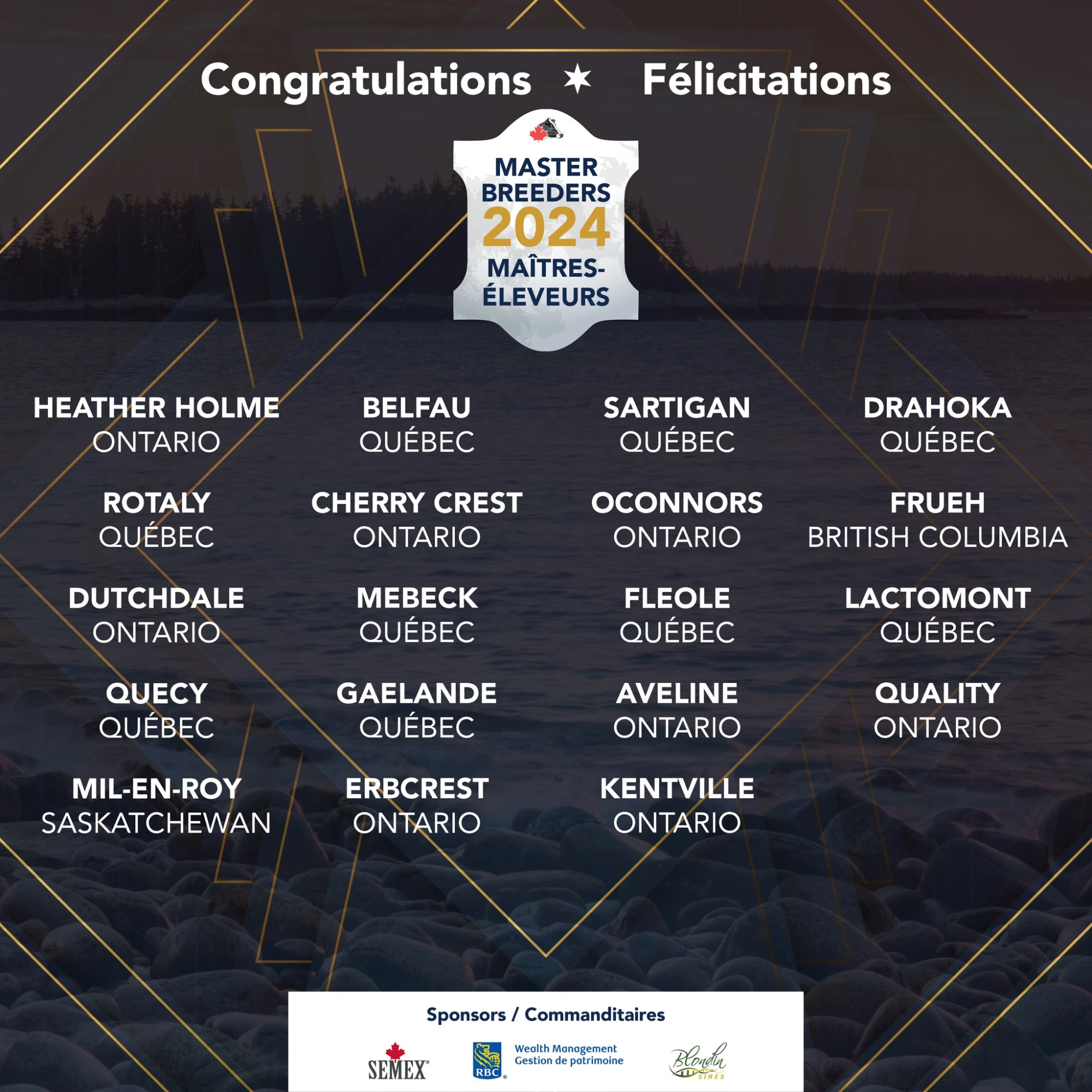



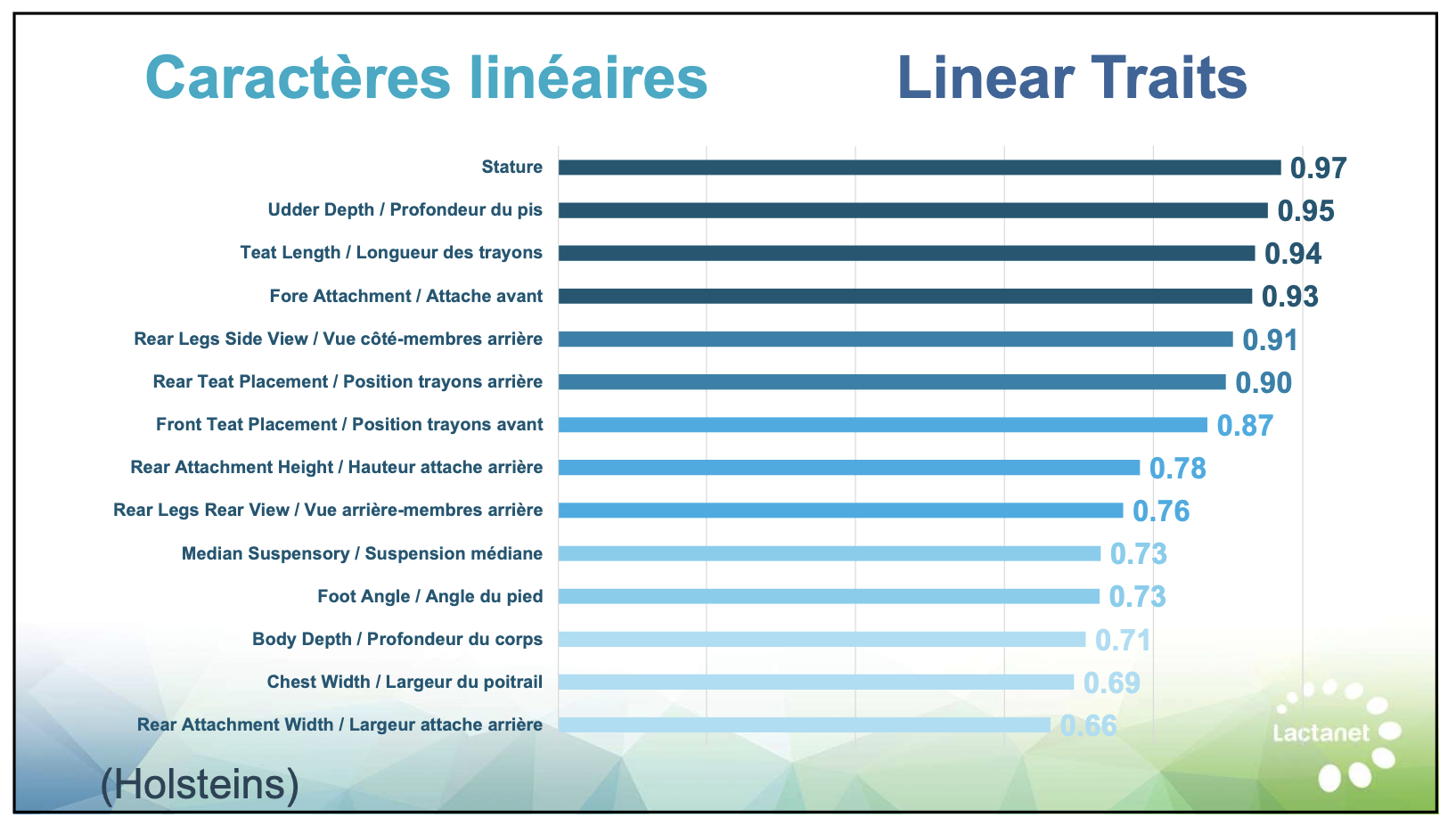
 Meet Holstein Canada’s new leaders for 2024-2025. How will President Gilles Côté and his team drive the future of the organization? Discover their strategic vision.
Meet Holstein Canada’s new leaders for 2024-2025. How will President Gilles Côté and his team drive the future of the organization? Discover their strategic vision.


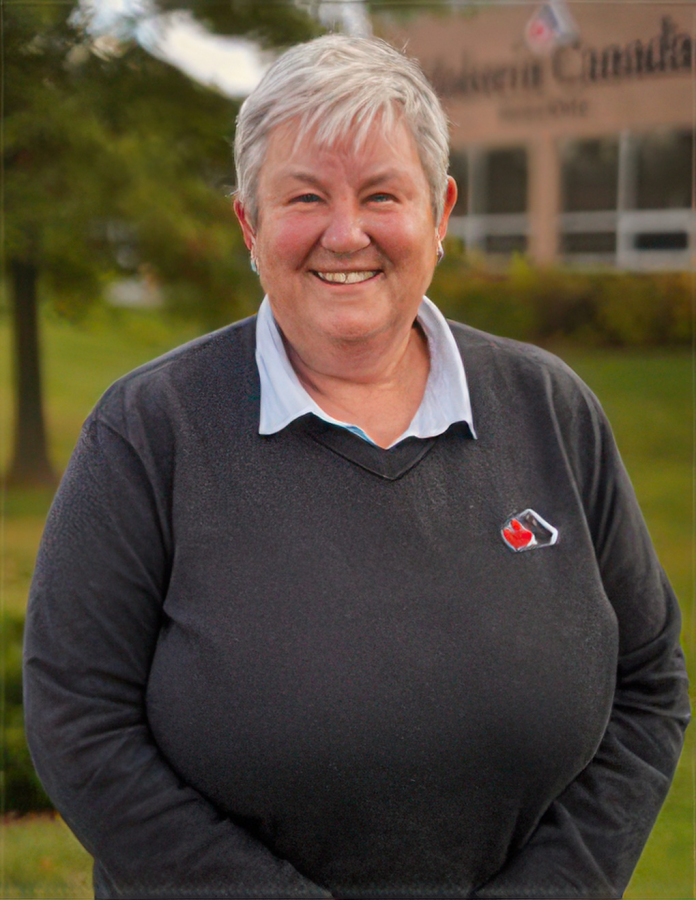
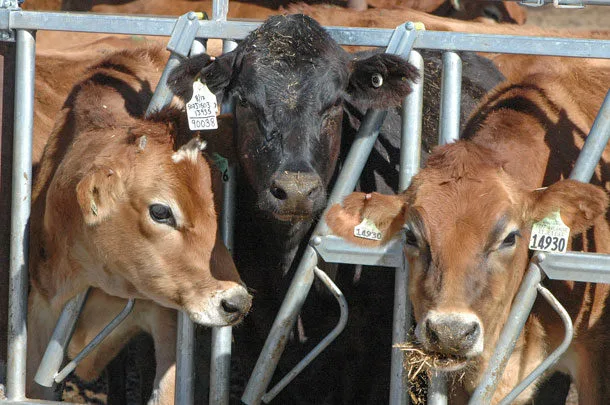
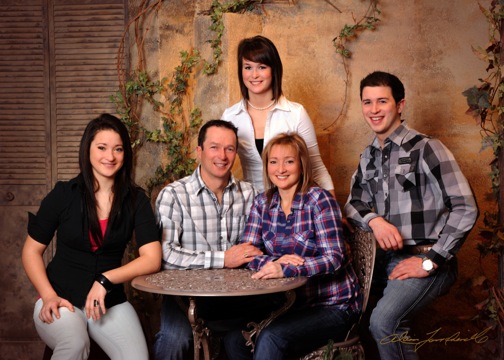
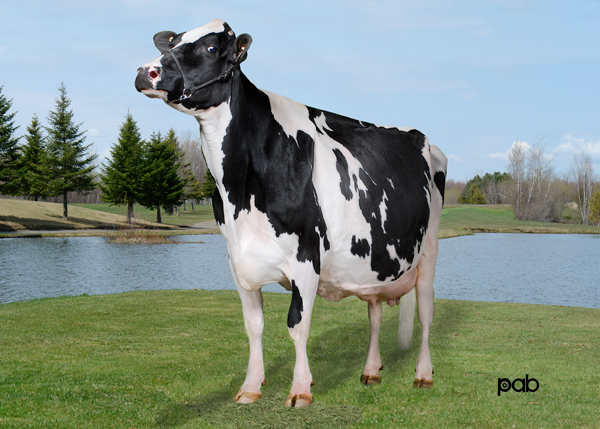
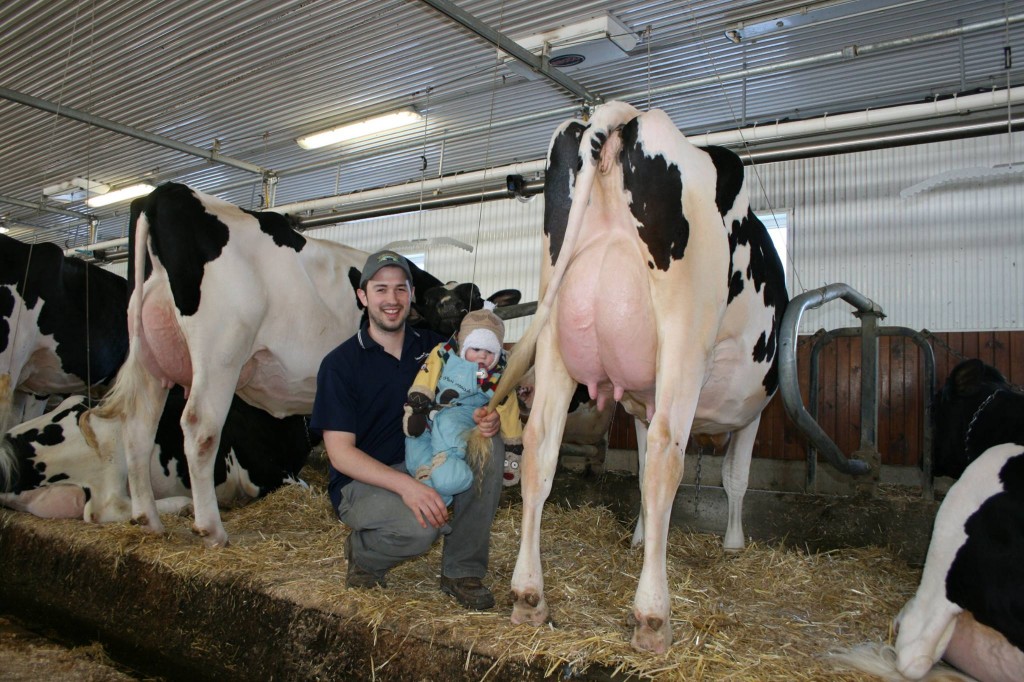
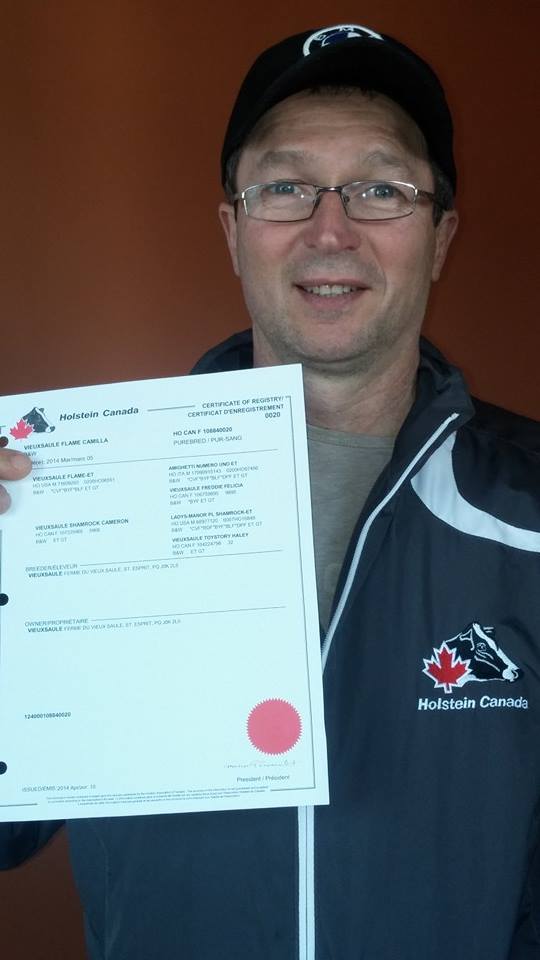
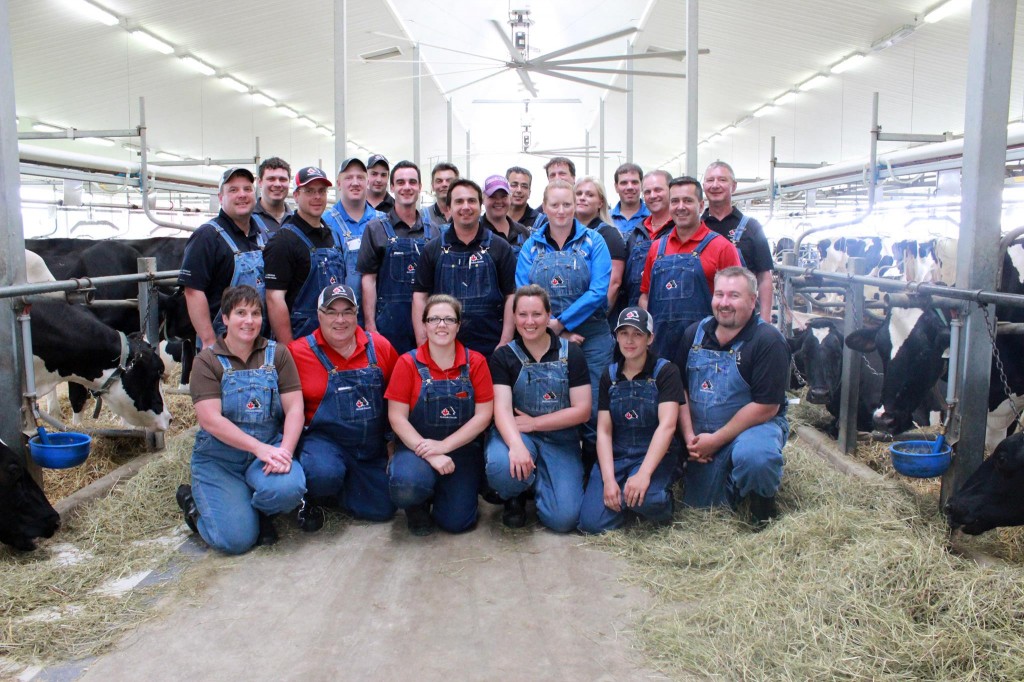
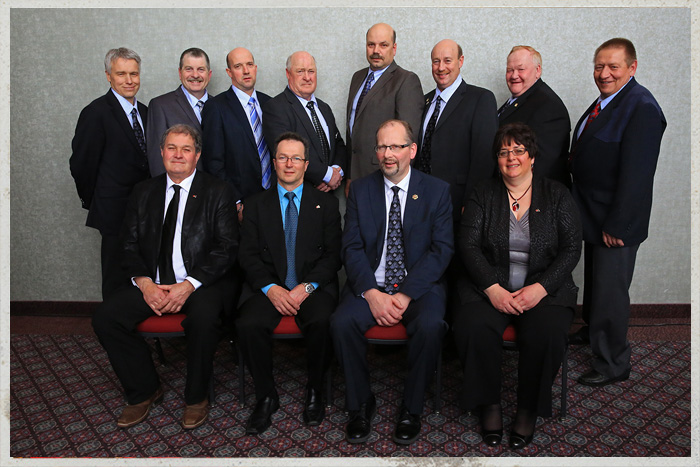


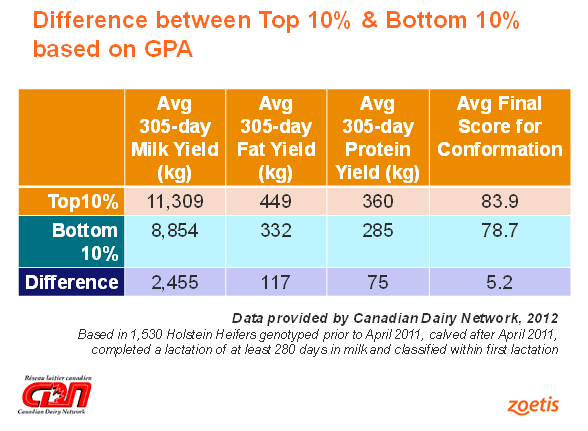
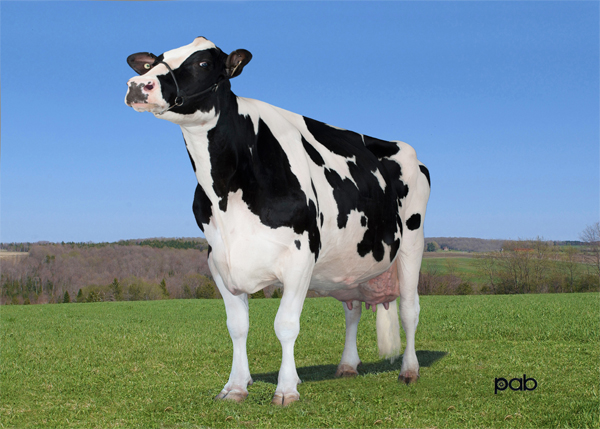

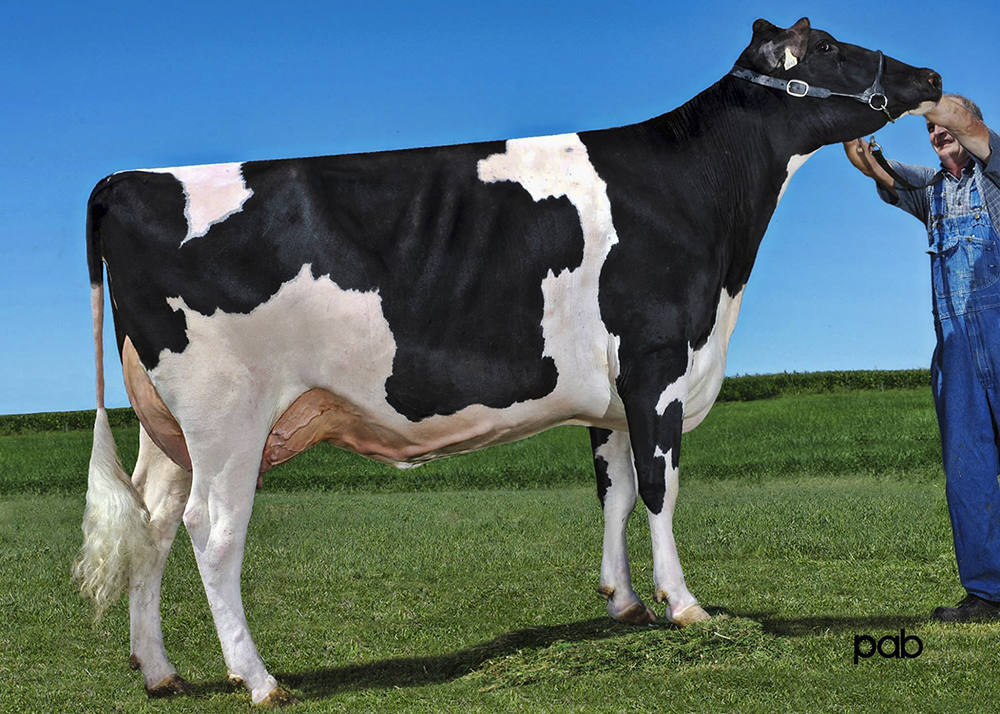
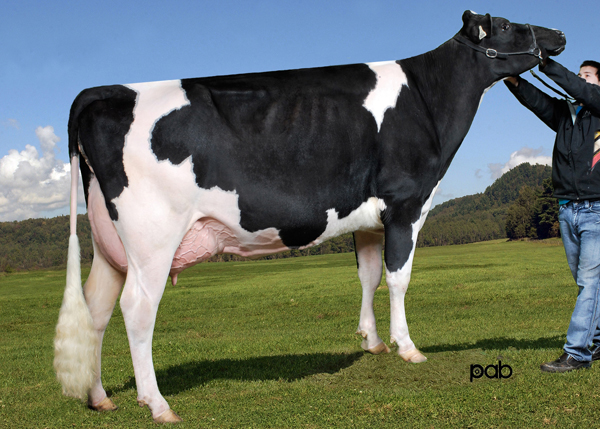
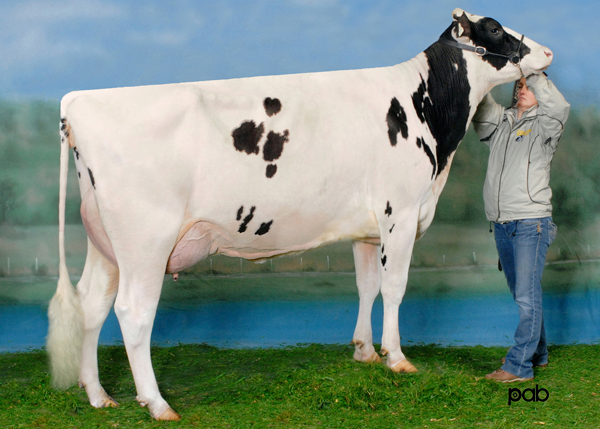
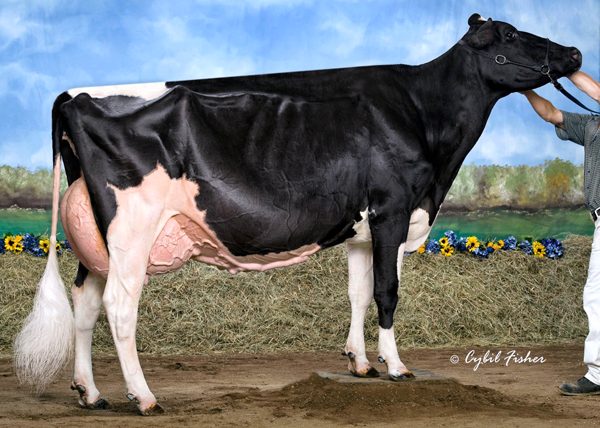
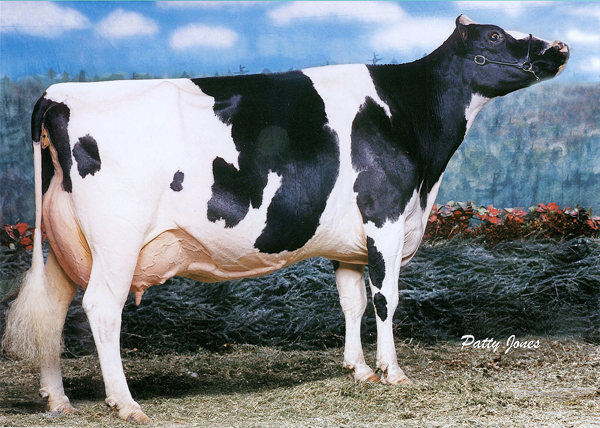
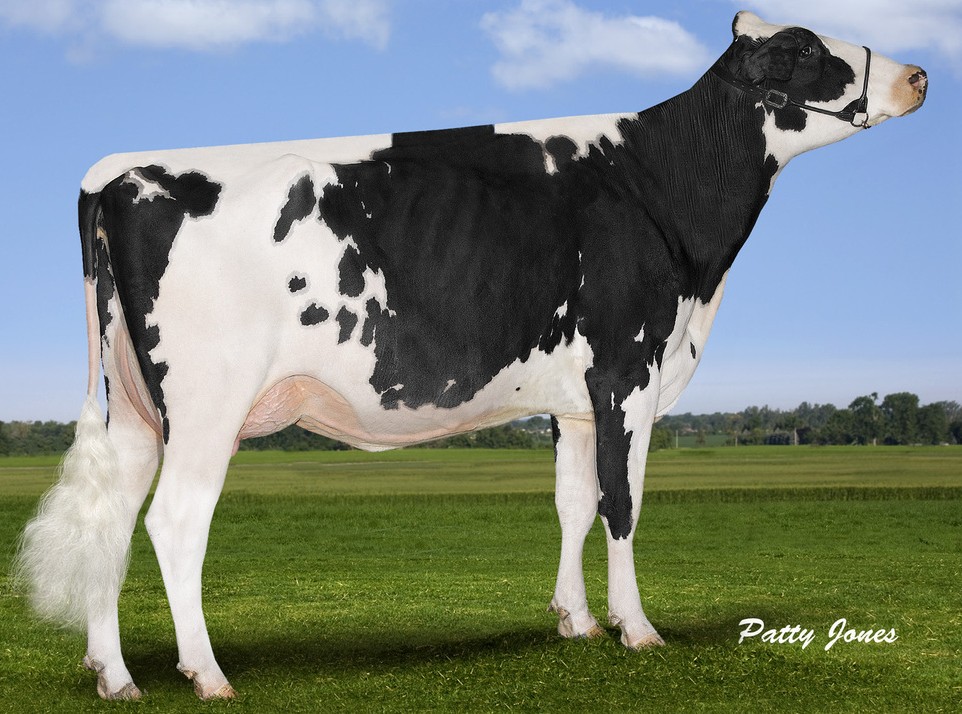
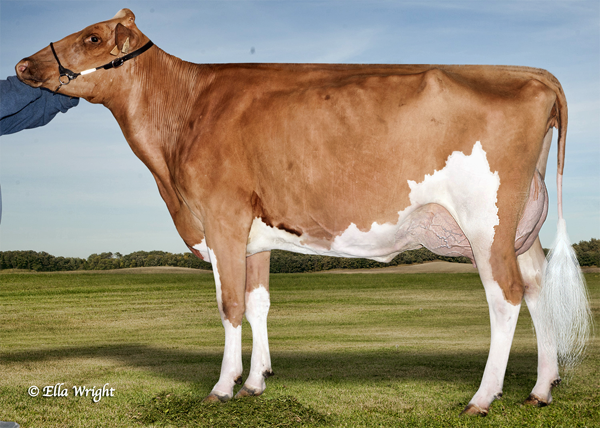
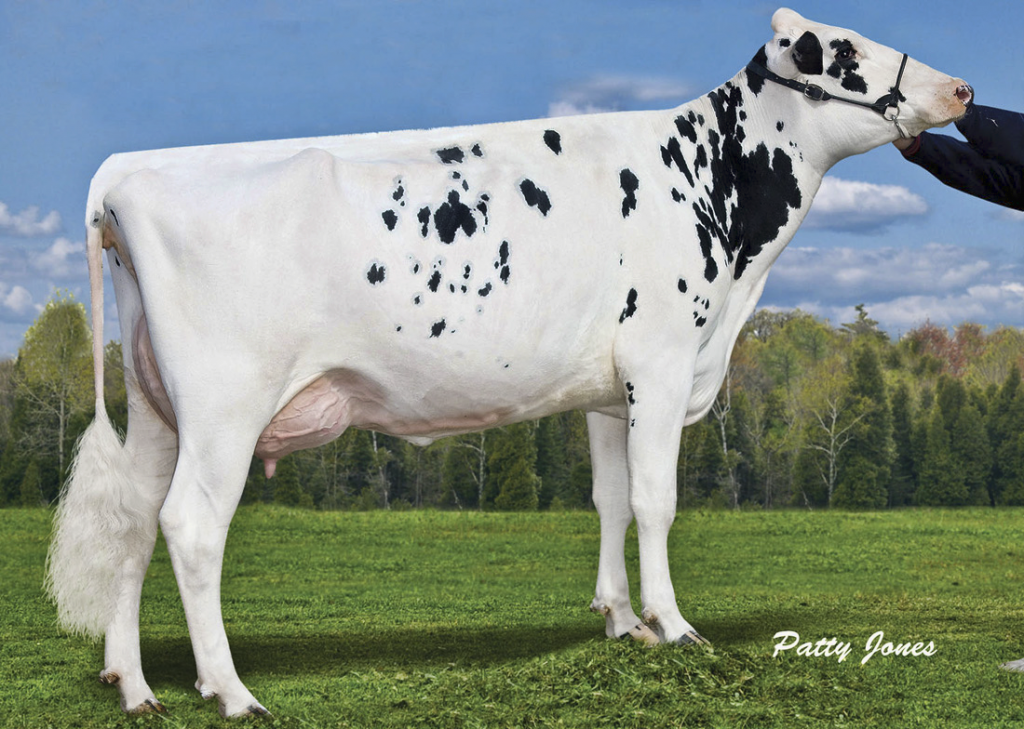
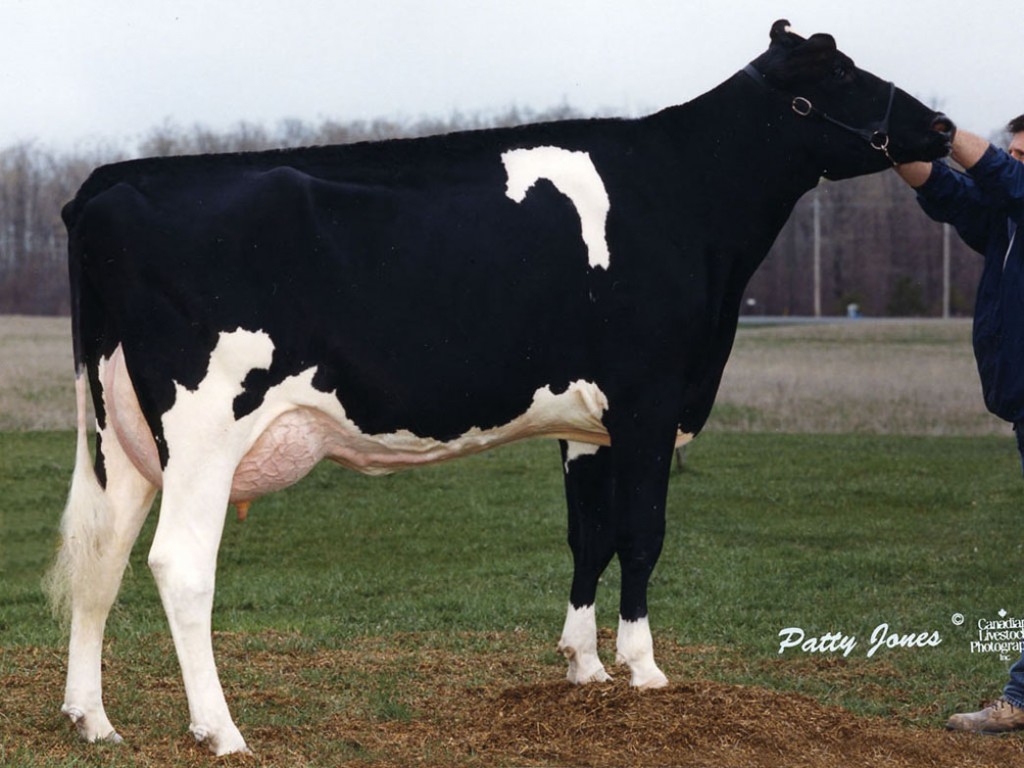
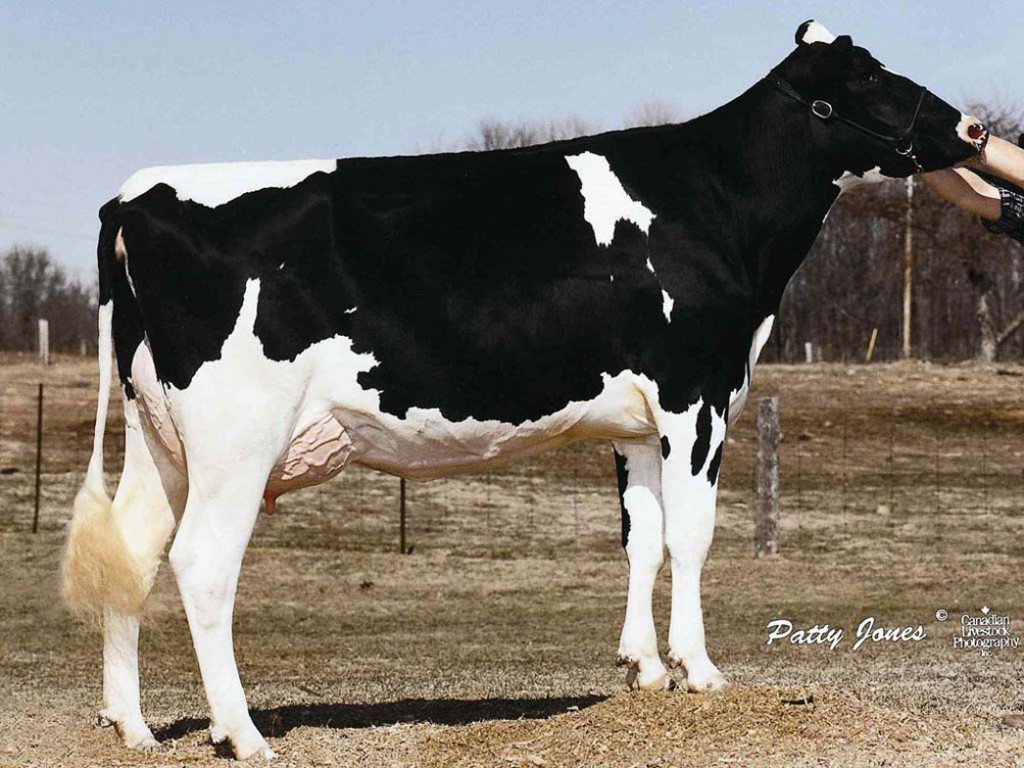
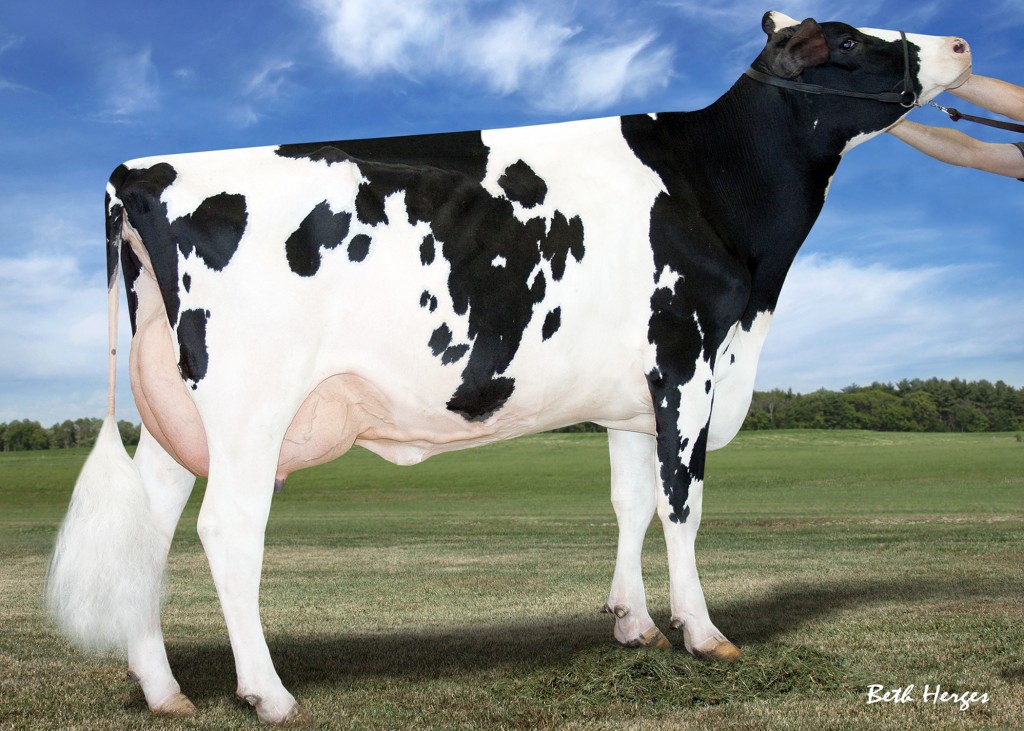
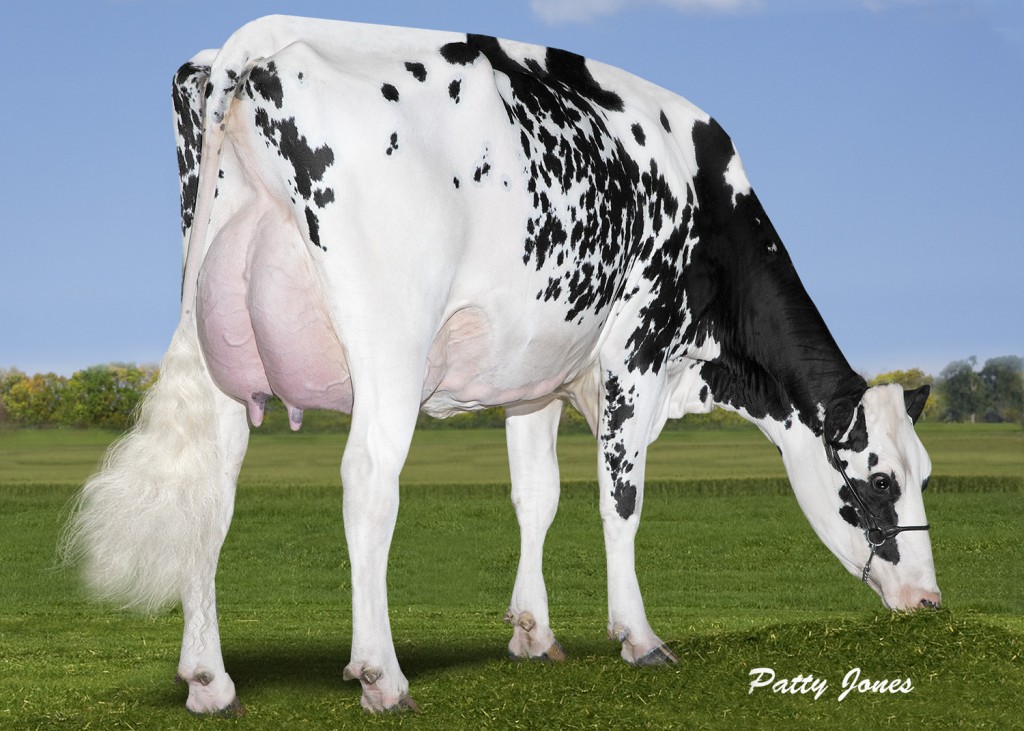
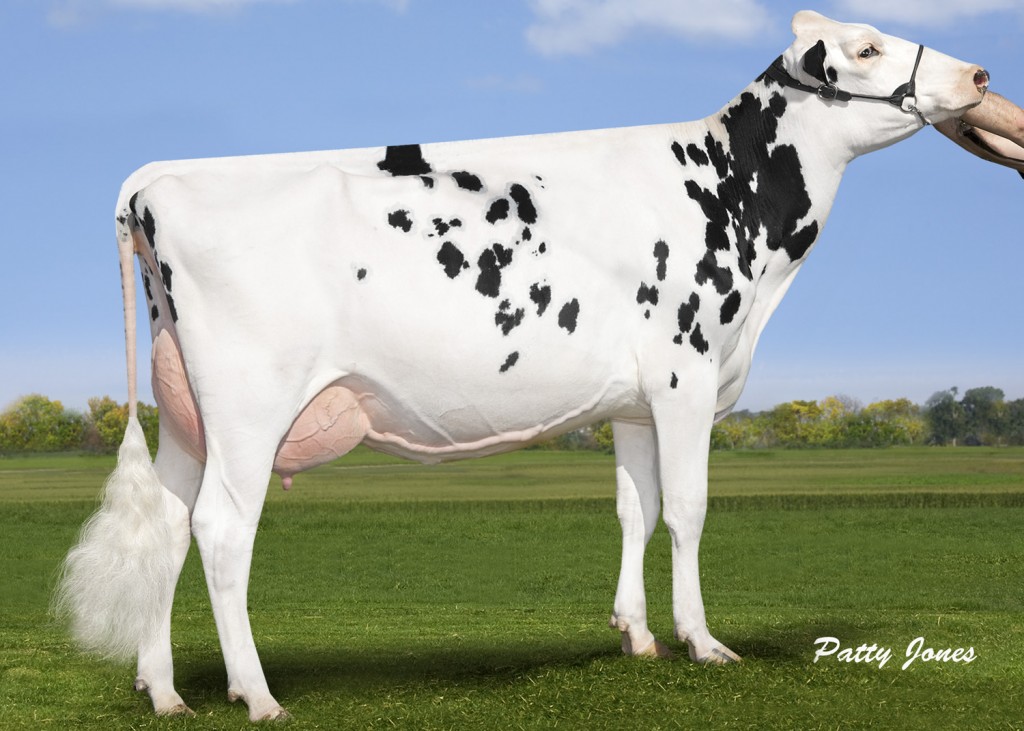
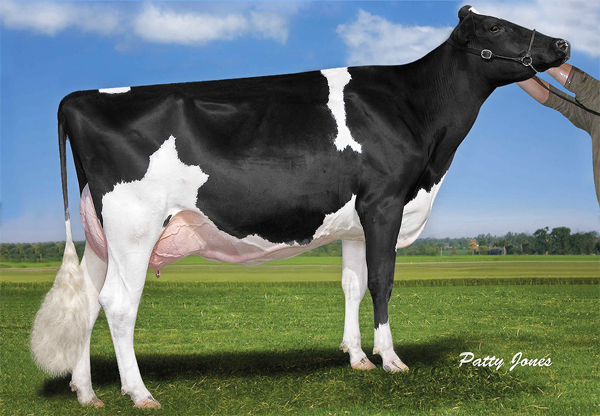
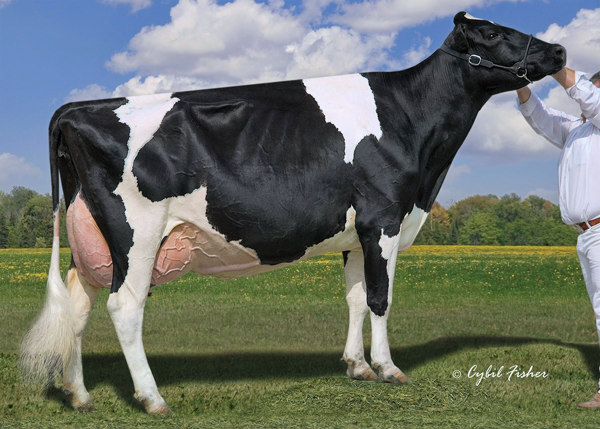

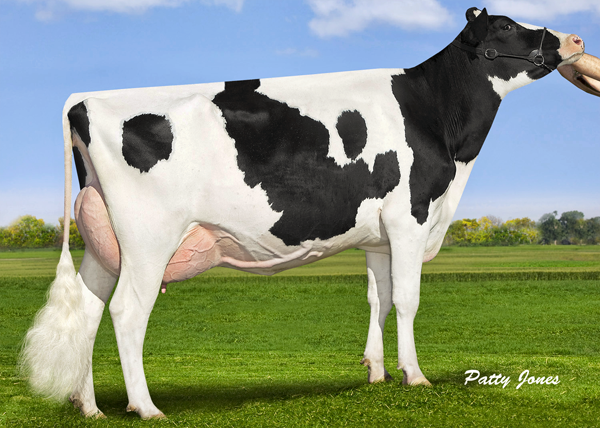
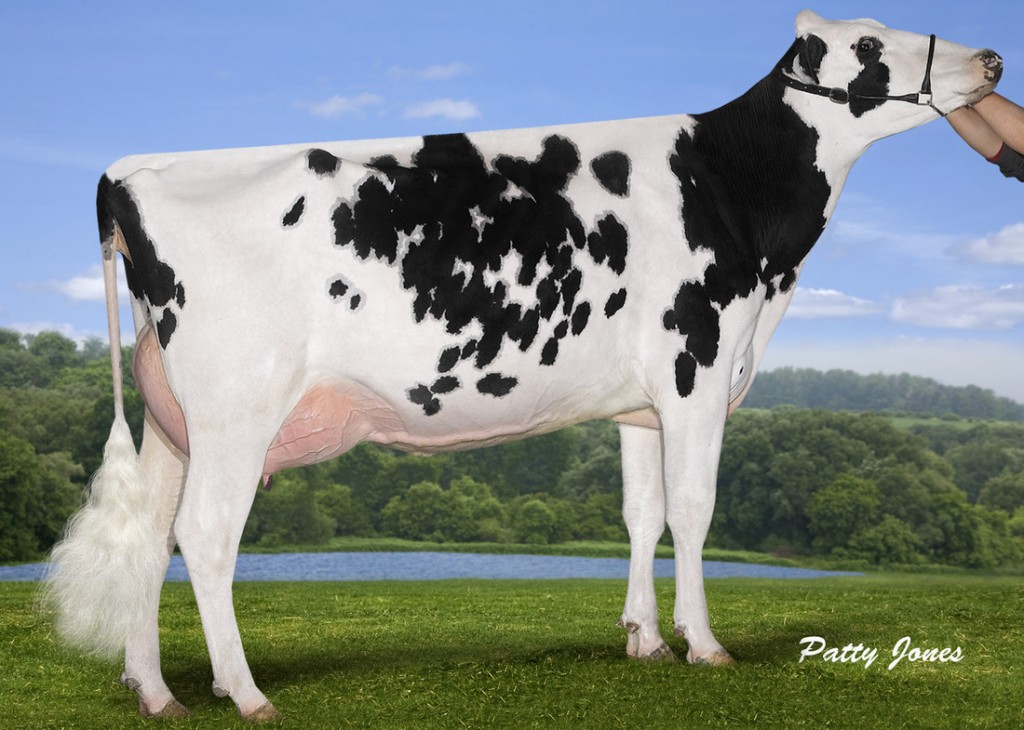
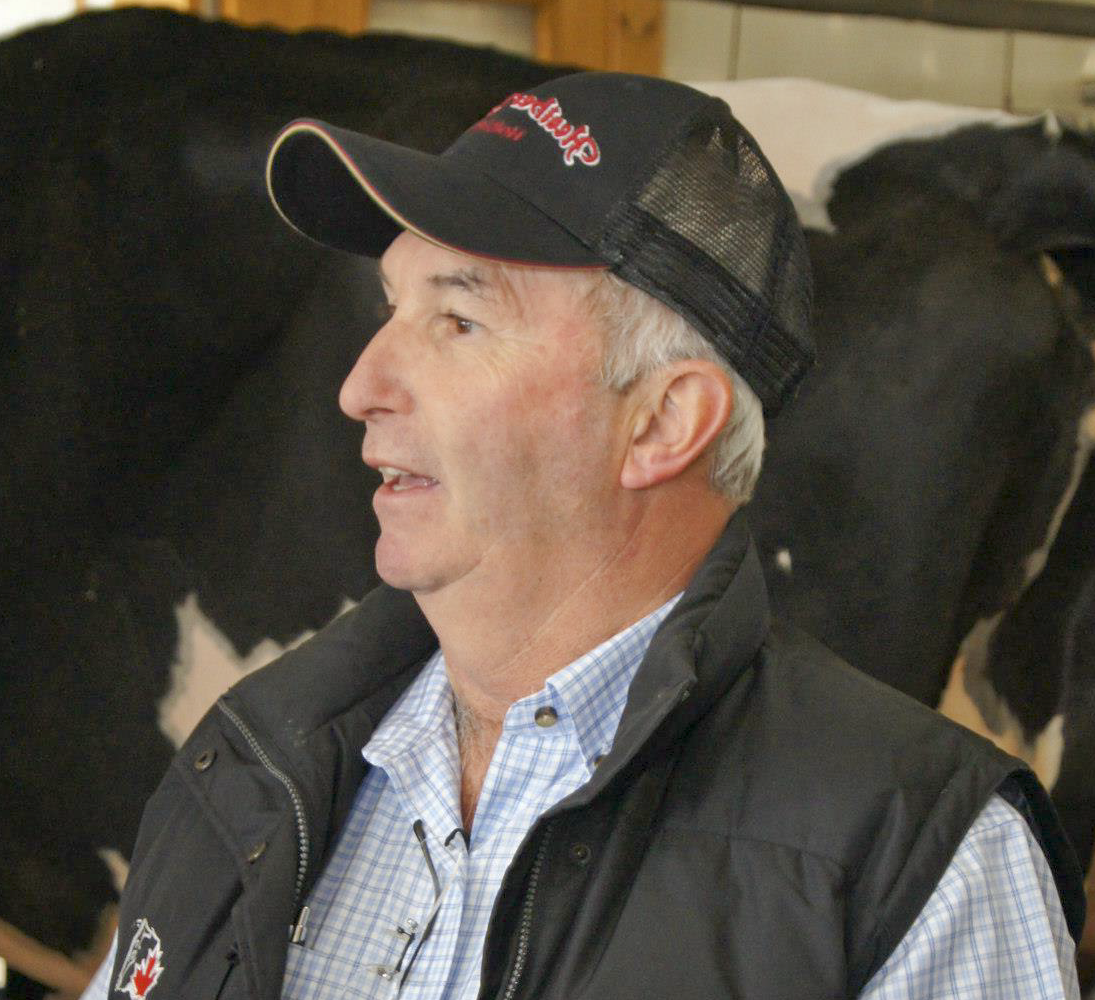 Glen has great respect for people in the barn and in the Board Room. It has served him well and been returned to him. He highlights his experiences while at the Holstein Canada Board table. “This enriching experience at the Board table has helped me develop an attitude of respect towards people and their opinions. People remember how you treat them and how you make them feel, longer than what you said. The most important ingredient of success is knowing how to get along with people.”
Glen has great respect for people in the barn and in the Board Room. It has served him well and been returned to him. He highlights his experiences while at the Holstein Canada Board table. “This enriching experience at the Board table has helped me develop an attitude of respect towards people and their opinions. People remember how you treat them and how you make them feel, longer than what you said. The most important ingredient of success is knowing how to get along with people.”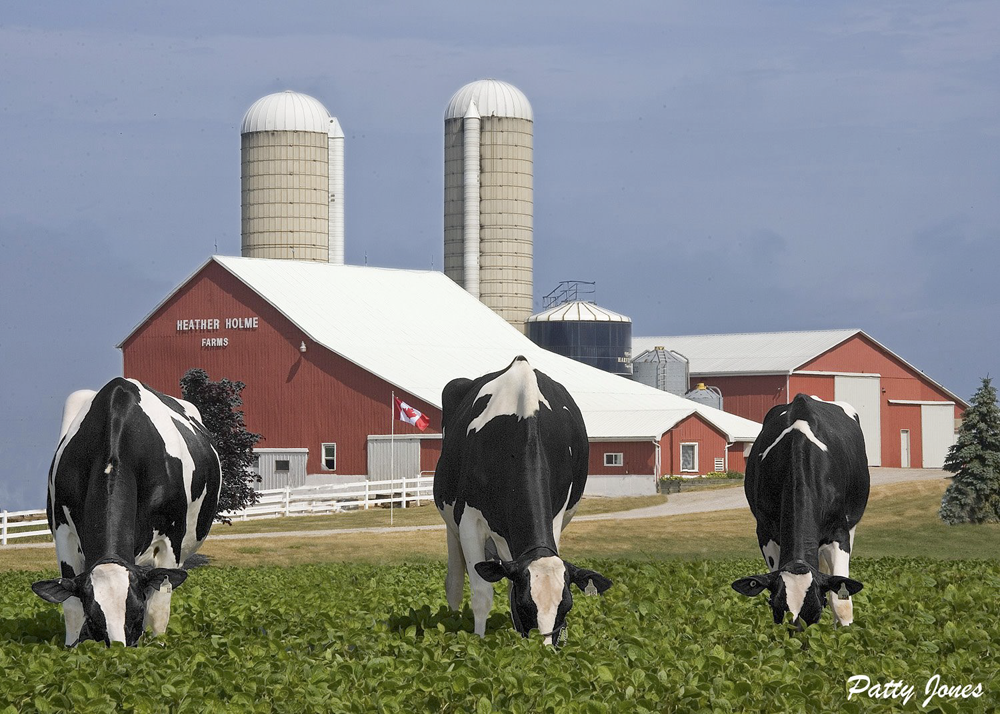
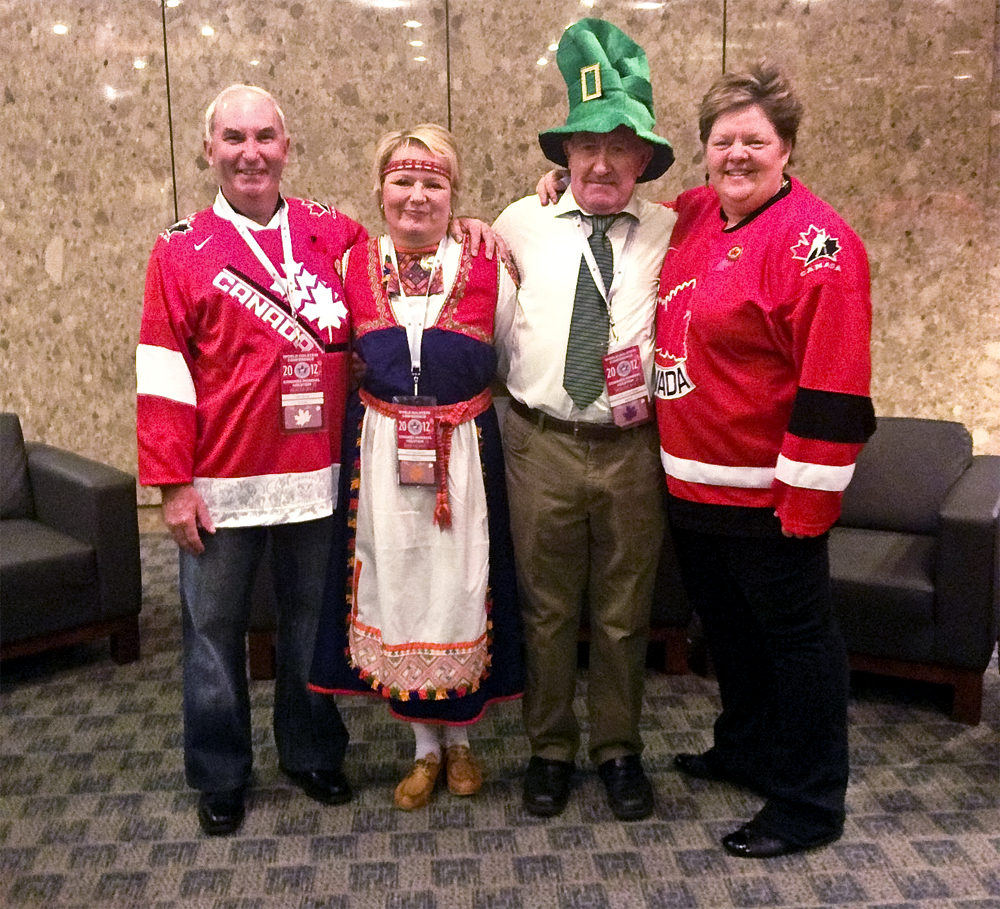
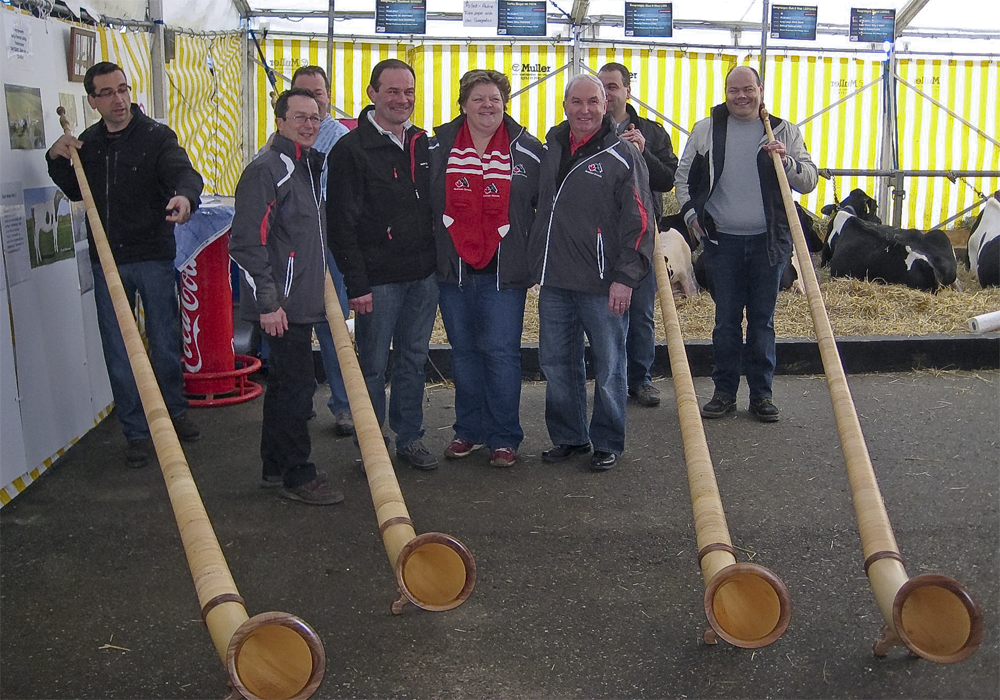
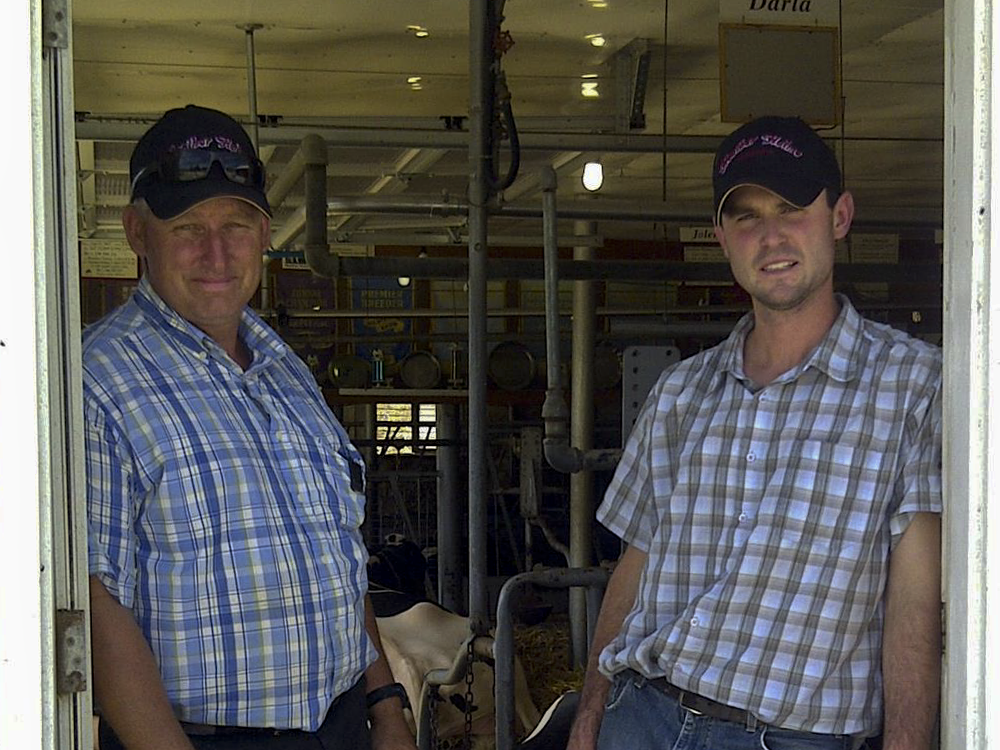
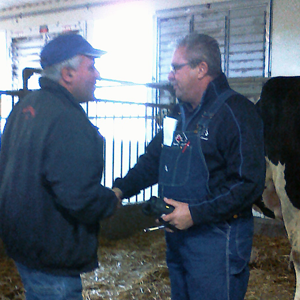 UDDERLY EXCELLENT
UDDERLY EXCELLENT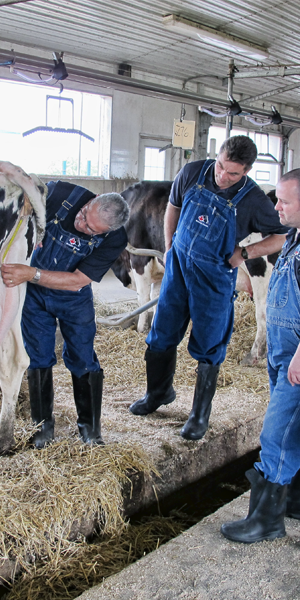 FACING FORWARD WITH CLASSIFICATION
FACING FORWARD WITH CLASSIFICATION



